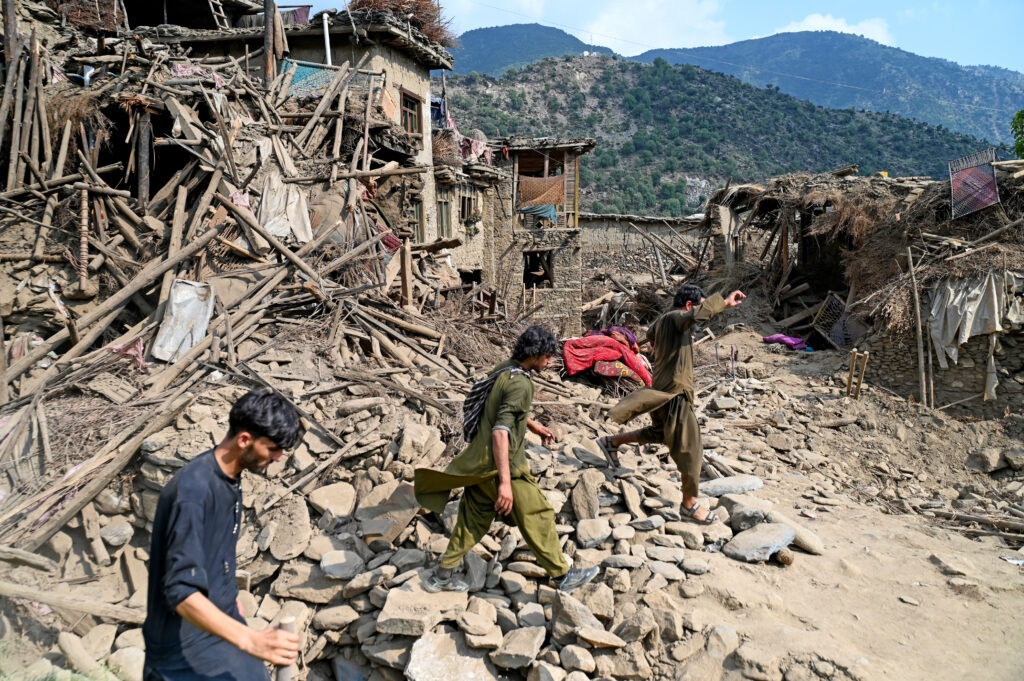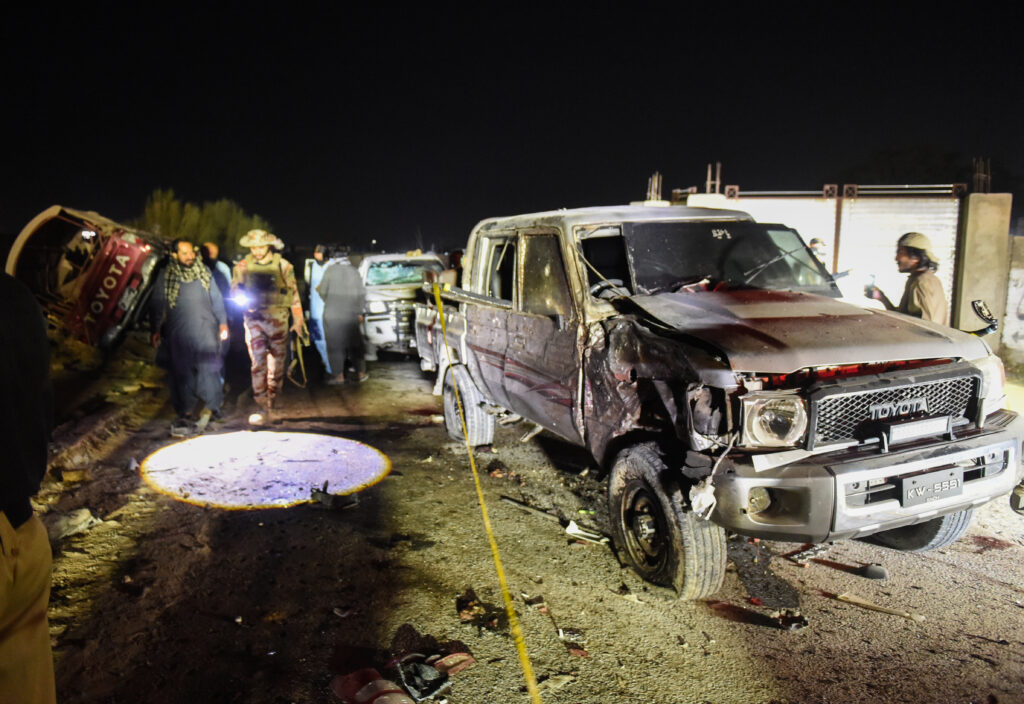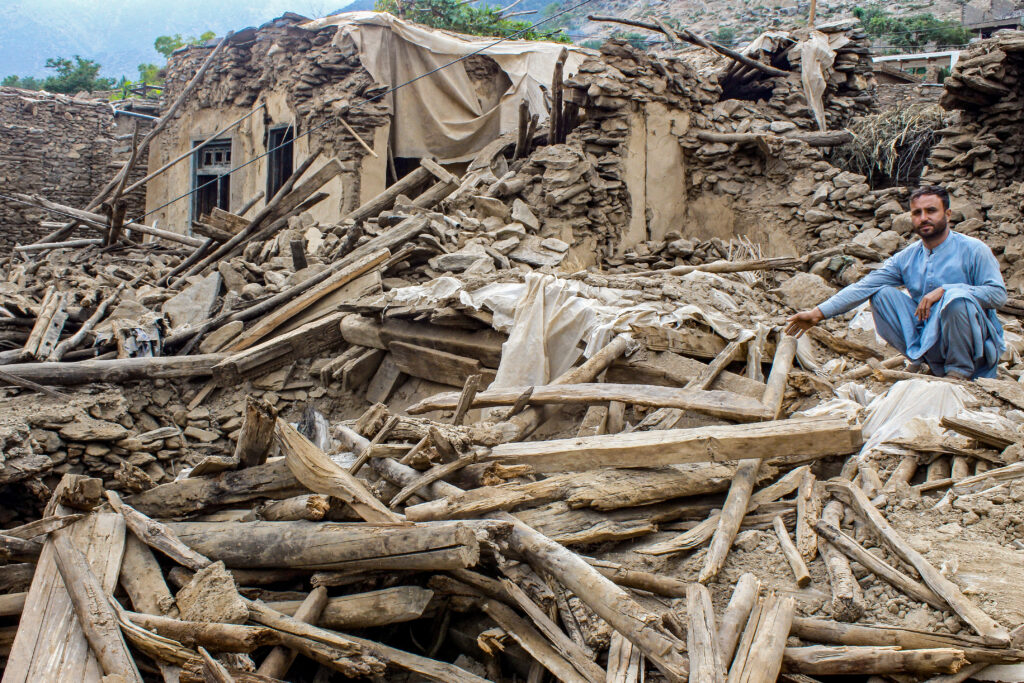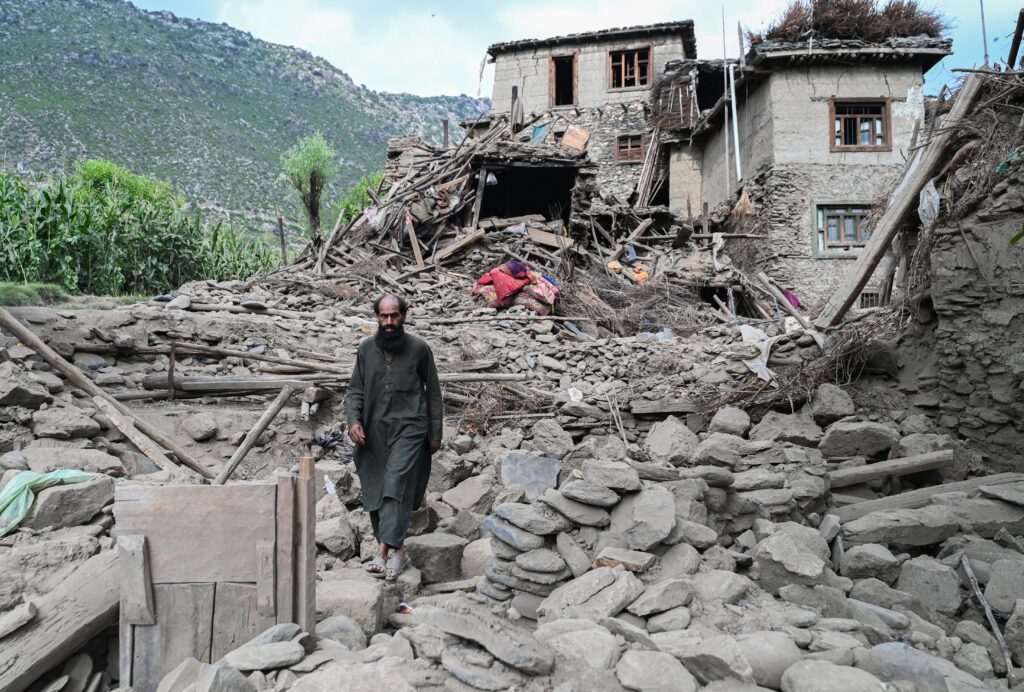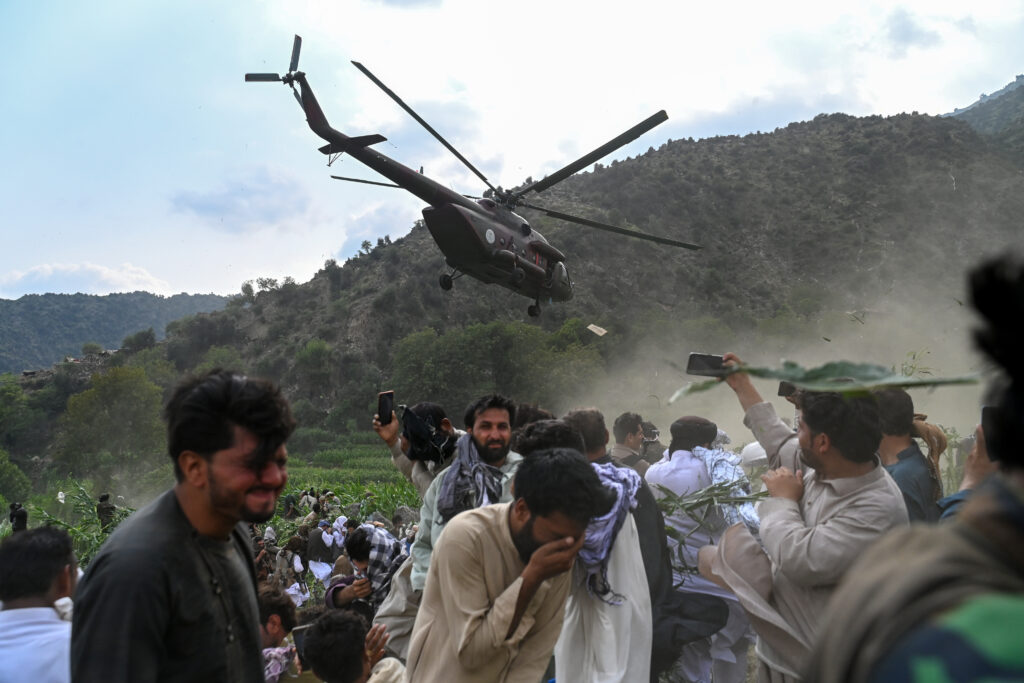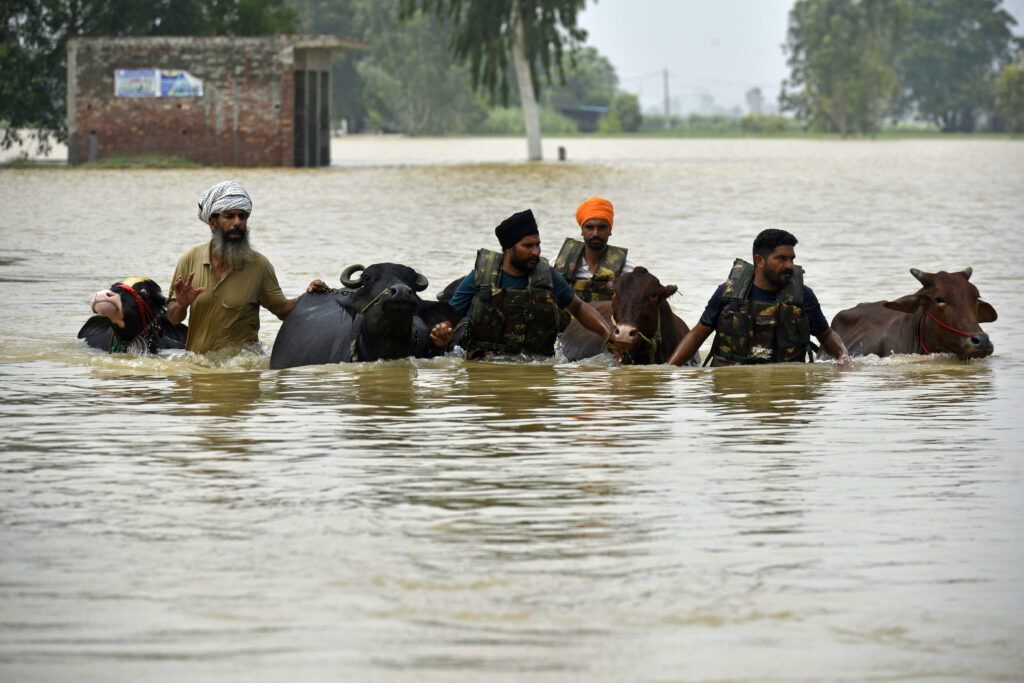Days after quake, Afghan survivors still await aid
Rescue teams struggled Wednesday to reach survivors days after a powerful earthquake in eastern Afghanistan left more than 1,400 people dead, as access to remote areas remained obstructed.A magnitude-6.0 shallow earthquake hit the mountainous region bordering Pakistan late Sunday, collapsing mud-brick homes on families as they slept.Fearful of the near-constant aftershocks, people huddled in the open or struggled to unearth those trapped under the heaps of flattened buildings.The earthquake killed at least 1,469 people and injured more than 3,700, according to the latest toll from Taliban authorities, making it one of the deadliest in decades to hit the impoverished country.UN refugee chief Filippo Grandi said on X that the quake had “affected more than 500,000 people” in eastern Afghanistan. The vast majority of the casualties were in Kunar province, with a dozen dead and hundreds hurt in nearby Nangarhar and Laghman provinces.Access remained difficult, as aftershocks caused rockfall, stymying access to already isolated villages and keeping families outdoors for fear of the remains of damaged homes collapsing on them.- ‘Everyone is afraid’ -“Everyone is afraid and there are many aftershocks,” Awrangzeeb Noori, 35, told AFP from the village of Dara-i-Nur in Nangarhar province. “We spend all day and night in the field without shelter.”The non-governmental group Save the Children said one of its aid teams “had to walk for 20 kilometres (12 miles) to reach villages cut off by rock falls, carrying medical equipment on their backs with the help of community members”.The World Health Organization said Wednesday it was scaling up its emergency response to address the “immense” needs and that it required more resources in order to “prevent further losses”.WHO has appealed for $4 million to deliver lifesaving health interventions and expand mobile health services and supply distribution.”Every hour counts,” WHO emergency team lead in Afghanistan Jamshed Tanoli said in a statement. “Hospitals are struggling, families are grieving and survivors have lost everything.”The Taliban government’s deputy spokesman Hamdullah Fitrat told AFP that areas which had taken days to reach had been finally accessed.”We cannot determine the date for finishing the operation in all areas as the area is very mountainous and it is very difficult to reach every area.”ActionAid noted that women and girls were particularly vulnerable in emergencies as they face steep restrictions under the Taliban authorities.Residents of Jalalabad, the nearest city to the epicentre, donated money and goods including blankets. “I am a simple labourer and I came here to help the earthquake victims because I felt very sad for them,” said resident Mohammad Rahman. – Deepening crisis -Around 85 percent of the Afghan population lives on less than one dollar per day, according to the United Nations.After decades of conflict, Afghanistan faces endemic poverty, severe drought and the influx of millions of Afghans forced back to the country by neighbours Pakistan and Iran in the years since the Taliban takeover.Even as the country reeled from its latest disaster, Pakistan began a new push to expel Afghans, with more than 6,300 people crossing the Torkham border point in Nangarhar province Tuesday.”Given the circumstances, I appeal to the (Pakistan government) to pause the implementation of the Illegal Foreigners Repatriation Plan,” UNHCR chief Grandi said.The Norwegian Refugee Council also cautioned that “forcing Afghans to return will only deepen the crisis”.It is the third major earthquake since the Taliban authorities took power in 2021, but there are even fewer resources for the cash-strapped government’s response after the United States slashed assistance to the country when President Donald Trump took office in January.Even before the earthquake, the United Nations estimated it had obtained less than a third of the funding required for operations countrywide.In two days, the Taliban government’s defence ministry said it organised 155 helicopter flights to evacuate around 2,000 injured and their relatives to regional hospitals.Fitrat said a camp had been set up in Khas Kunar district to coordinate emergency aid, while two other sites were opened near the epicentre “to oversee the transfer of the injured, the burial of the dead, and the rescue of survivors”.Afghanistan is frequently hit by earthquakes, with the country still recovering from previous disasters.Western Herat province was devastated in October 2023 by a 6.3-magnitude earthquake, which killed more than 1,500 people and damaged or destroyed more than 63,000 homes.
